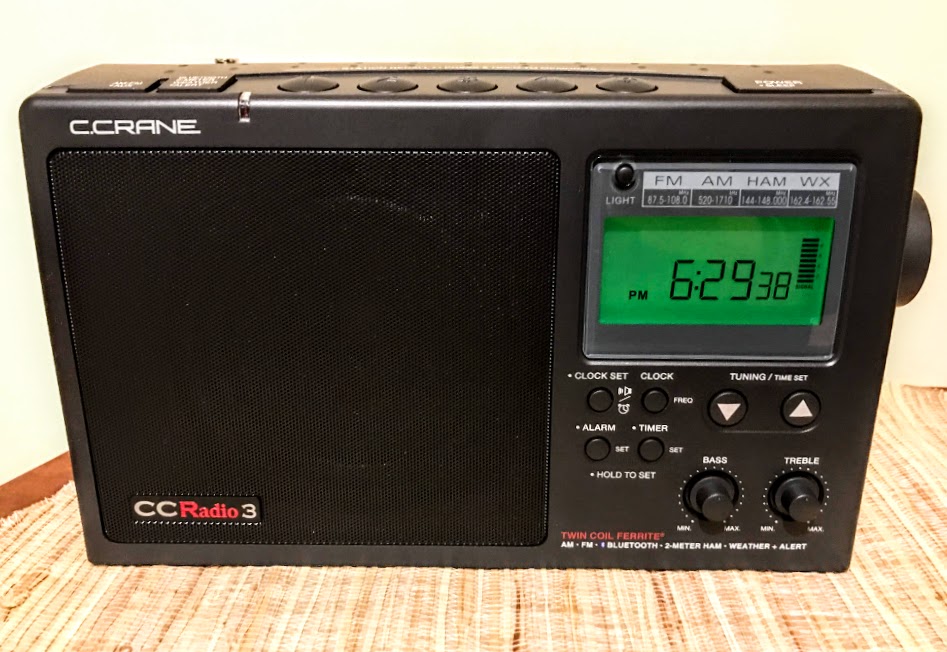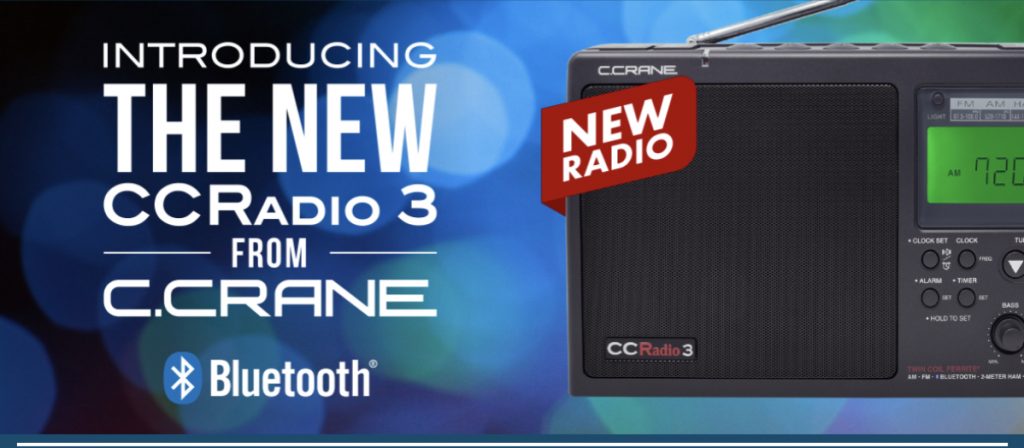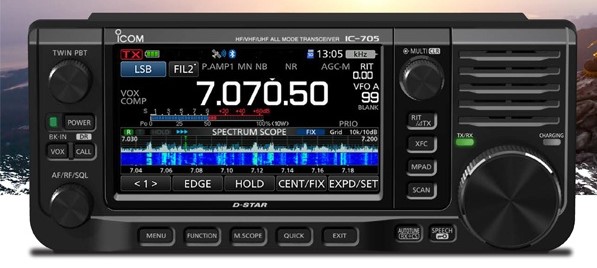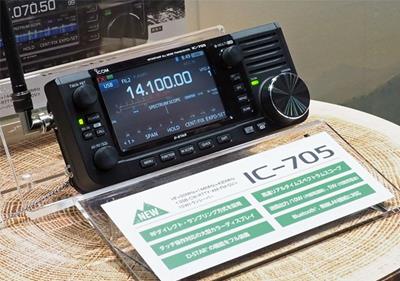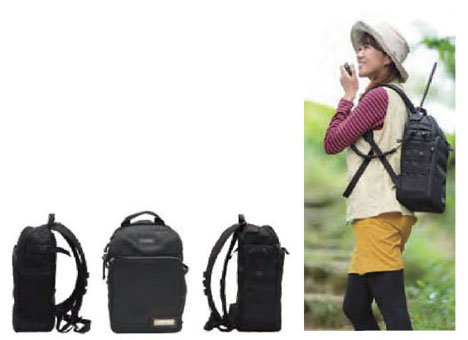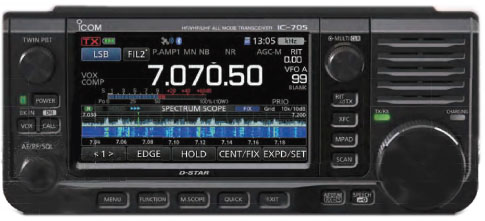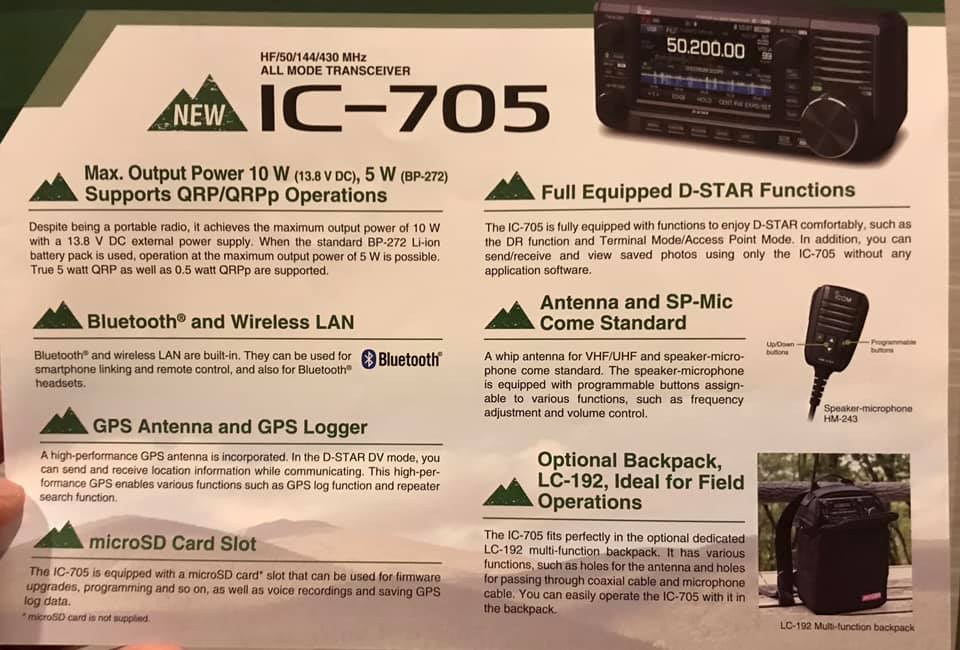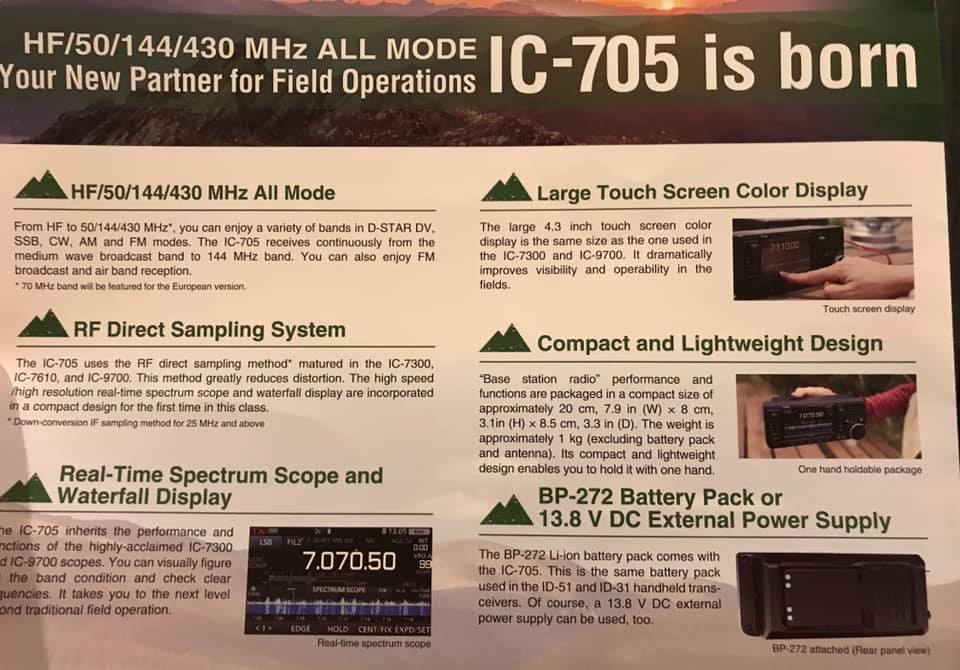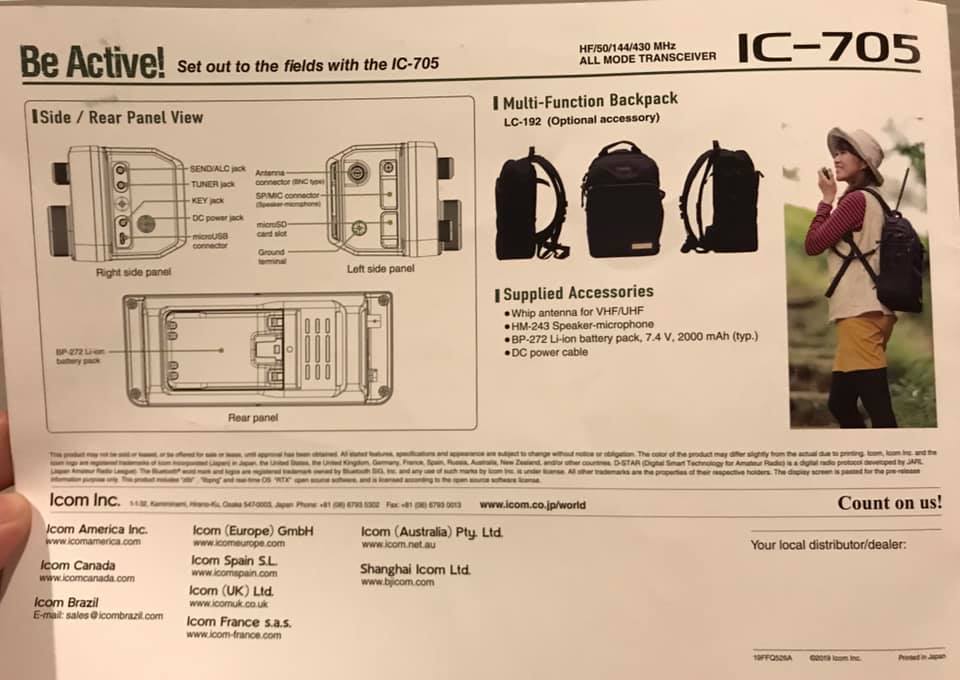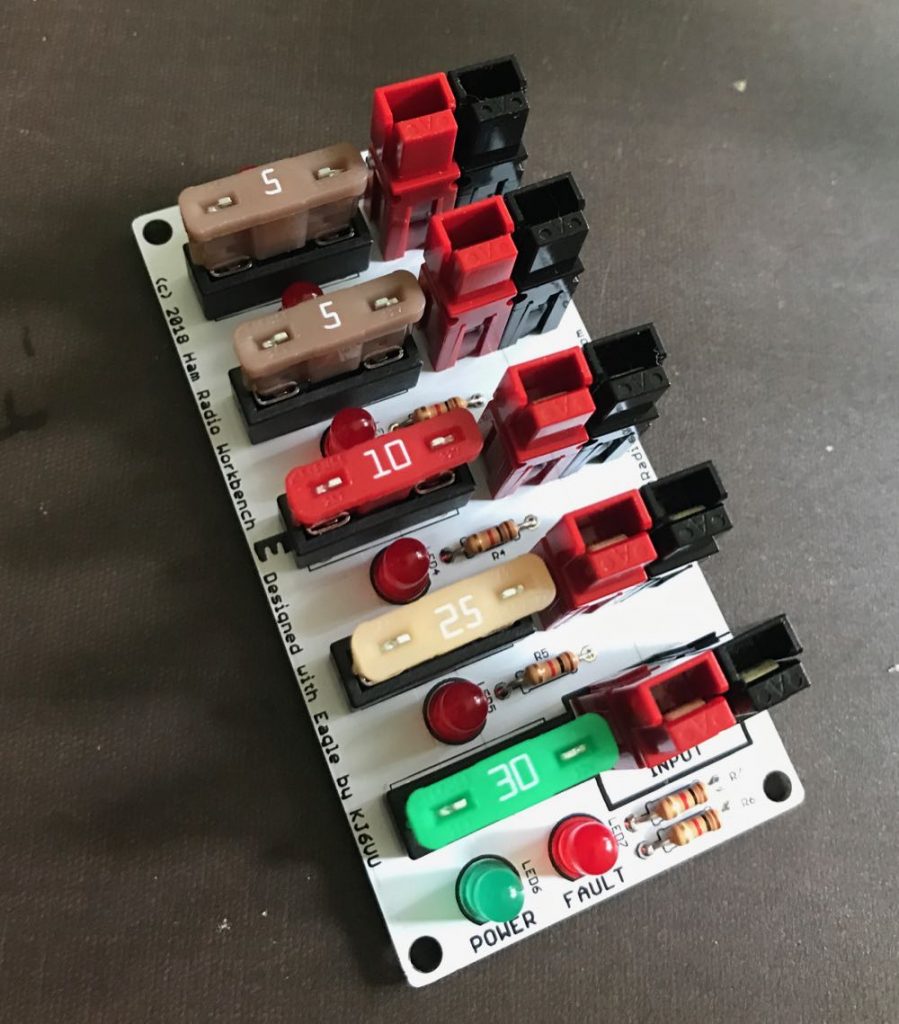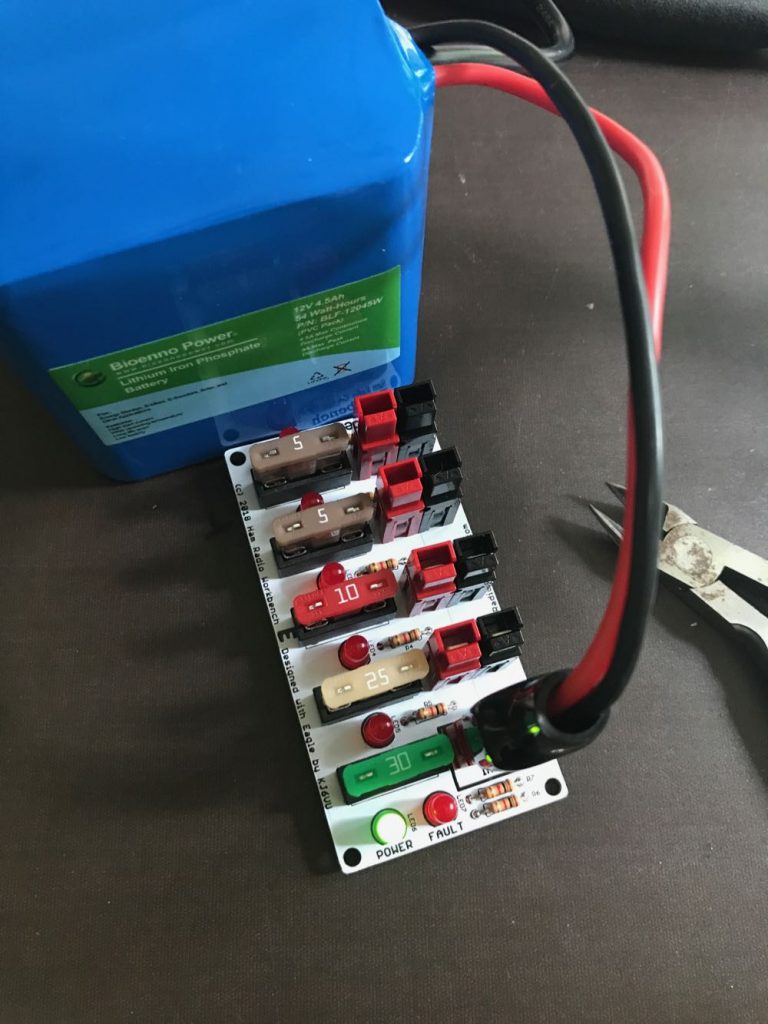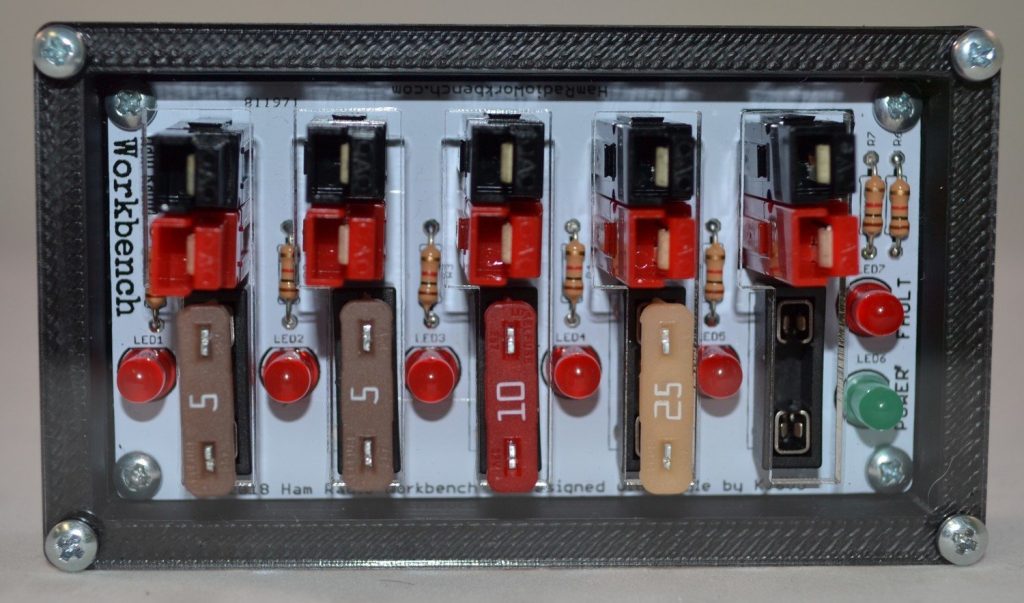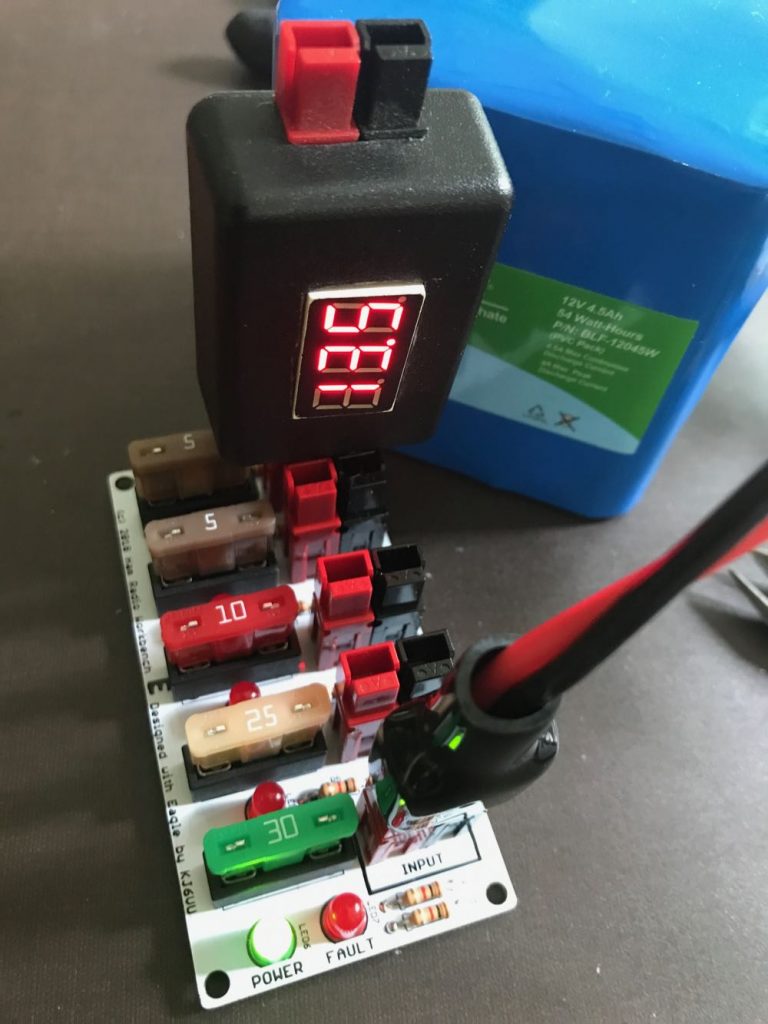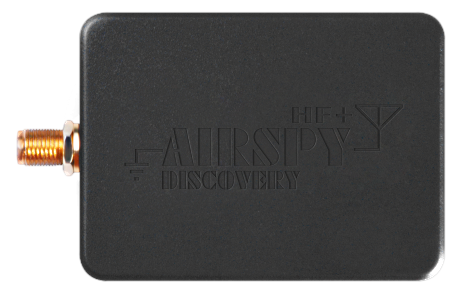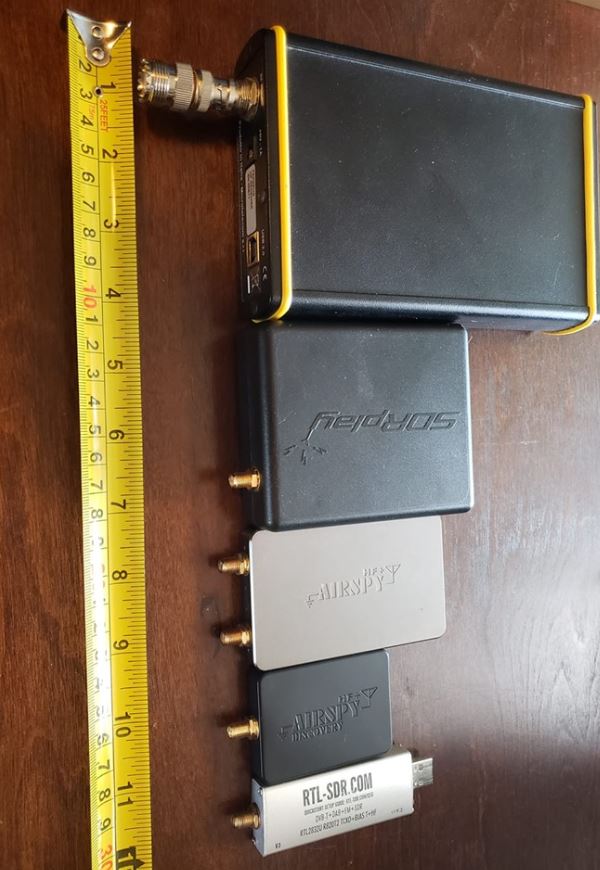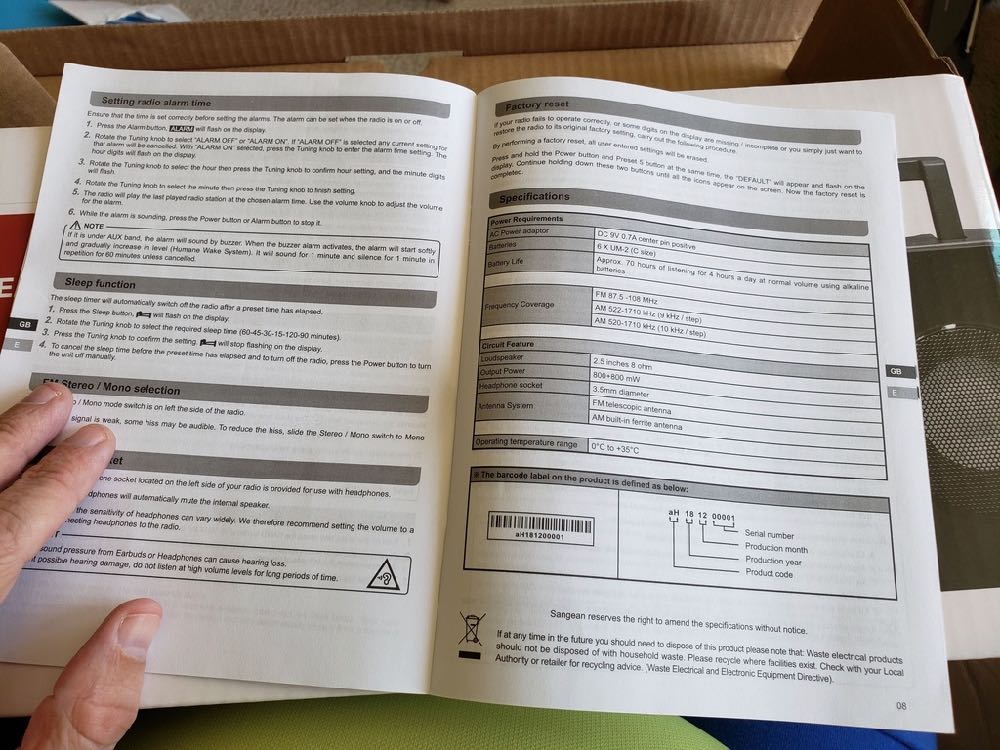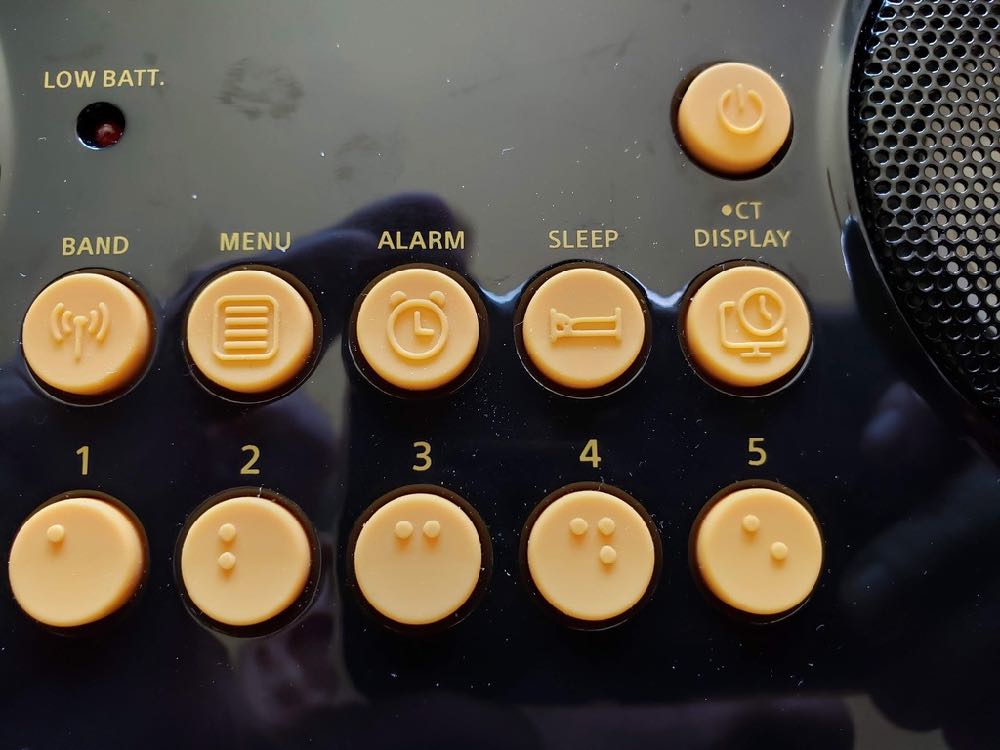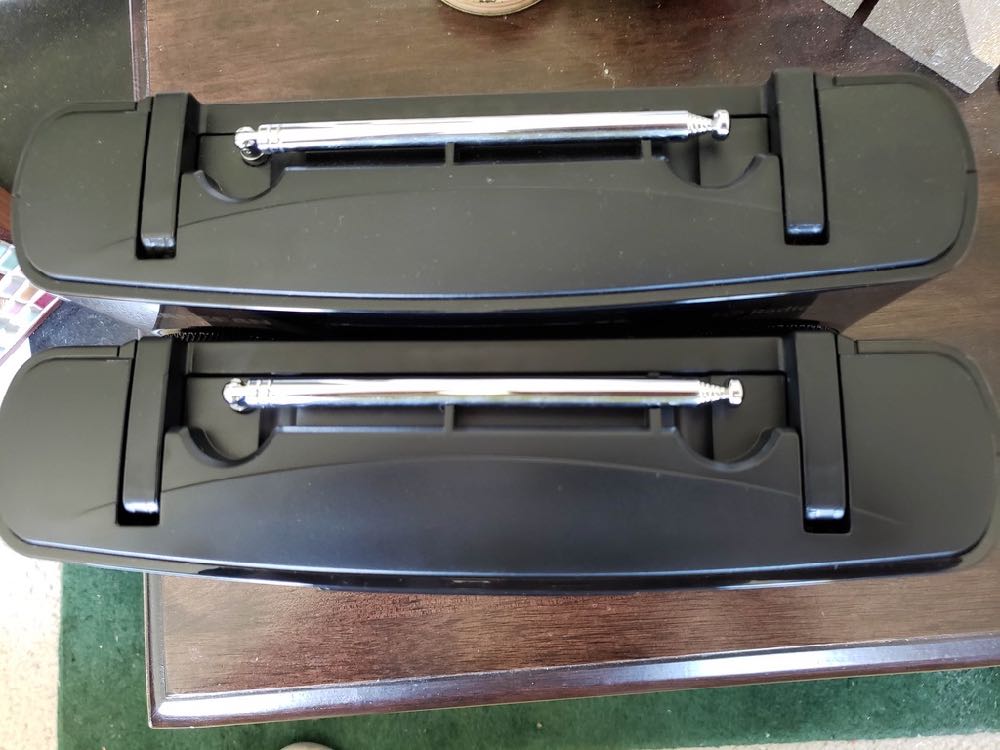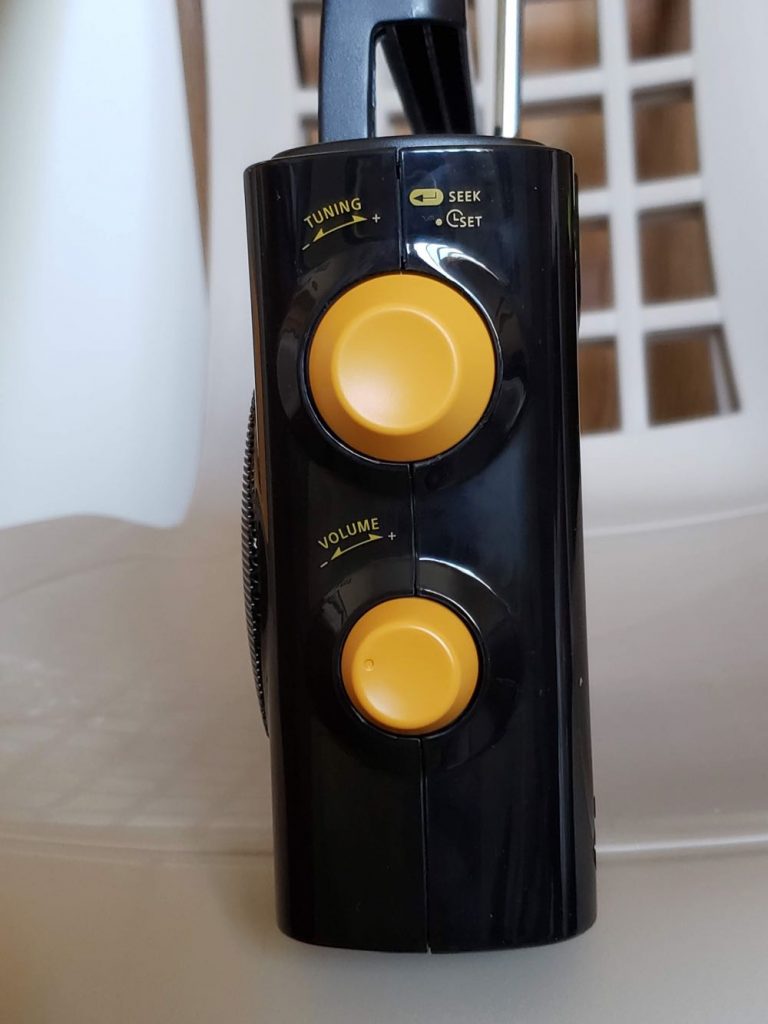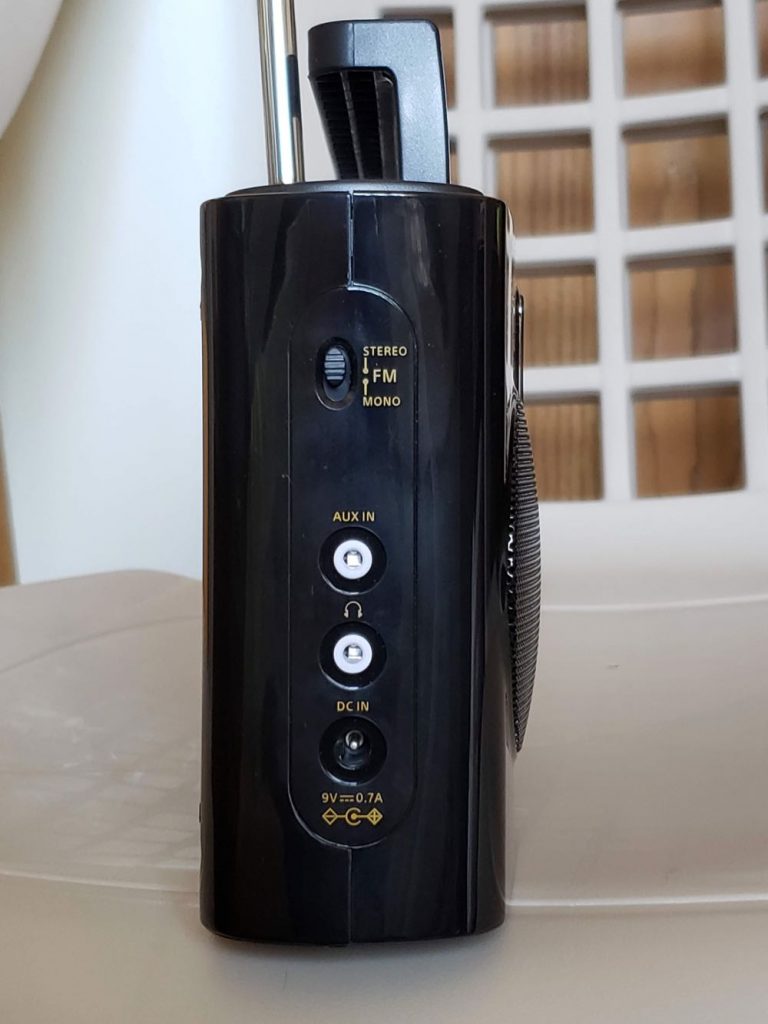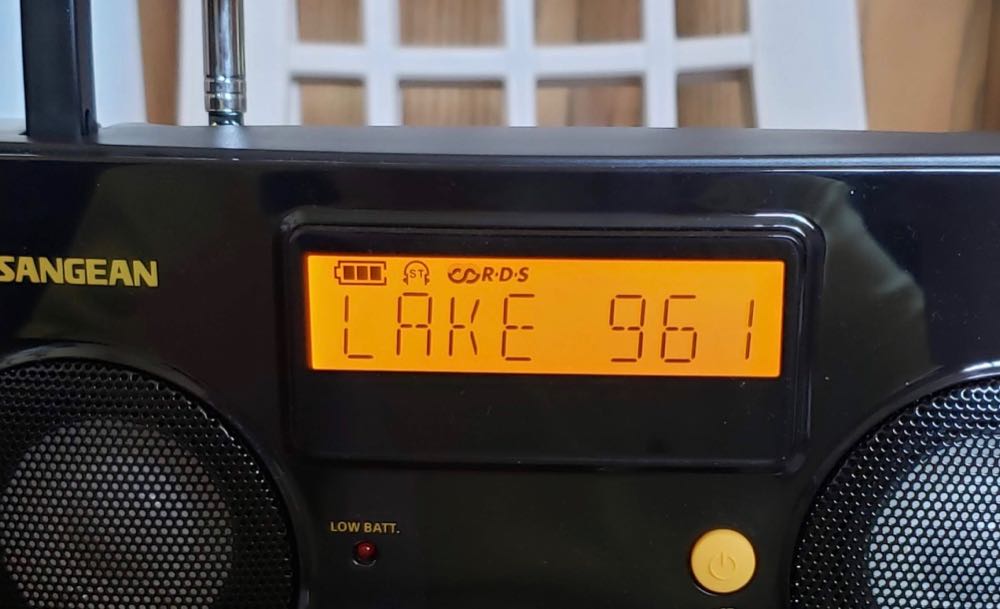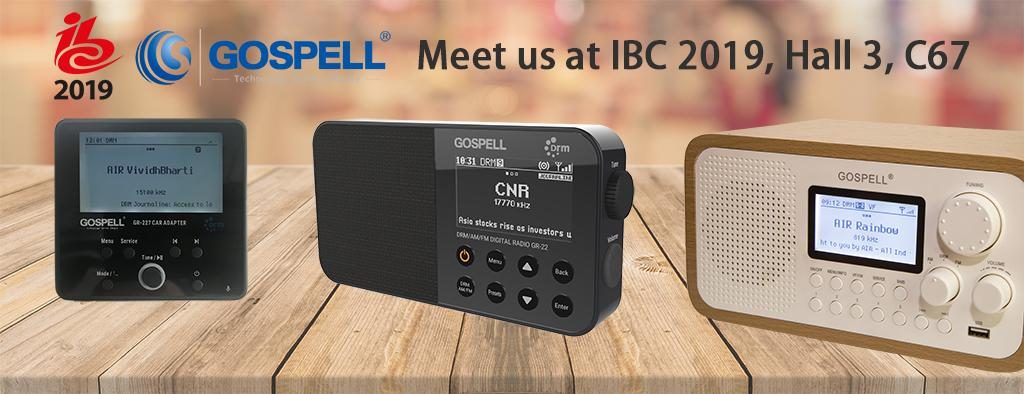 Many thanks to SWLing Post contributor, Ed, who writes:
Many thanks to SWLing Post contributor, Ed, who writes:
SWLing Post readers might be interested in learning about Gospell’s newly-announced DRM receivers and active antenna products. The GR-22 “pocket-sized” “full-wave” receiver that’s supposed to be available for purchase by June 2020 seems especially interesting.
(Source: Gospell Press Release)
Gospell to announce the DRM monitoring system and imminent release of portable DRM receiver, and more
Chengdu, China – Gospell, a leading supplier of pay TV system and equipment, satellite TV receiving products and microwave products, announces its product lineup for IBC 2019. The company will debut several new products featuring DRM (Digital Radio Mondiale) for both consumer and industry market, including:
- GR-22 – Portable DRM/AM/FM Receiver
- GR-227 – DRM Car Adapter
- GR-301 – DRM/AM/FM Monitoring Receiver
- GR-310 – Audio Broadcast Monitoring Platform
- GR-AT3 – High Performance Active HF Antenna
GR-22 is a sleek and classy portable radio from Gospell, the contemporary stylistics of exterior design fits in your personal style, crystal clear DRM digital radio and AM/FM brings practicality and comfort to your daily enjoyment. Despite its pocket-size, it’s a nifty full wave band receiver packed up in a tiny body that enables you to explore a wide variety of radio stations. It is also future-proofed for the next generation DRM-E technology. You have access to all the presets, station names, program details and even Journaline news on the easy to ready large LCD in a simple and intuitive way. Sleep timer set your radio to automatically switch off or wake up at your convenience. Listen to your favorite radio programs anywhere you like with 4 x AA batteries or connect it to mains. GR-22 is a multi-functional radio that is flexible to your listen habits. GR-22 will be available for purchase on Q2 2020.
GR-227 is a car digital radio adapter that utilizes most advanced interference and noise cancellation technology to receive digital radio in car while achieving the best audio quality and serve it to the car audio system over aux cable or by transmitting over an unused FM frequency. The receiver is fully compatible with DRM standard that is being deployed over the world, with its latest audio codec xHE-AAC. Based on software defined radio technology, GR-227 is ready for the emerging DRM-E standard that extends the DRM broadcast to FM band.
GR-301 is a high performance monitoring receiver that supports DRM, AM and FM. GR-301 supports the collection of key parameters of audio broadcasting, including SNR, MER, CRC, PSD, RF level, audio availability and service information. The collection and uploading of parameters meets DRM RSCI standards. The GR-301 can work independently or be deployed with other receivers to become a node in the service evaluation network. The GR-301 supports the xHE-AAC audio codec and is capable of handling the latest DRM-E standard through software upgrades.
GR-310 is a management platform designed for audio broadcast monitoring and receiver control purposes, it manages the geographically distributed GR-301 receivers. The platform can formulate receiving schedules, configure the receivers to perform receiving tasks, perform real-time browsing of the reception status, store historical data, and visualize the statistic data in a intuitive way. In addition to monitoring and analyzing data, the GR-310 platform also supports real-time audio monitoring and configuration of alarm conditions, alarms will be triggered when rules are met.
GR-AT3 is a high-performance active monopole antenna with reception frequency ranges from 0.3 to 50MHz. It is designed to work in harsh environments with respect to strong man-made noise and stern natural conditions. It is compact and easy to install, supplied accessories enable rapid installation. The antenna is comprised of a wide band amplifier in an IP67 waterproof aluminum body together with an active element made of a stainless-steel. The solid construction ensures durability and maintenance-free operation.
“We’re constantly working to ensure we’re bring the latest technology in our product”, says Haochun Liu, assistant to general manager, “These products underscore the Gospell’s commitment to providing easy access to high quality information at affordable prices. Both consumer and industry can benefit from it.”
Gospell will be exhibiting at IBC 2019 in the Amsterdam International Broadcasting Convention (IBC) Hall 3 C67, September 13-17. To schedule a meeting at IBC 2019 or access a sample of the featured IBC showcase, email [email protected]
About Gospell
Established in 2001, Gospell Digital Technology Co Ltd (GOSPELL). is a hi-tech enterprise with R&D, manufacturing, business consultancy and planning, trade, delivery, project implementation and after sales service, acting as a complete DTV and triple-play solution provider for Digital TV/OTT related projects. Headquartered in GOSPELL INDUSTRIAL PARK at Chenzhou, Hunan Province for CPE related production manufacturing, GOSPELL also has its office in Shenzhen for business/marketing management and administration, in Chengdu for R&D and headend/transmitter system production/debugging and Customer Service Center, and in 12 cities in China as well as international offices in India, Africa and Mexico.
Thank you for sharing this, Ed. Looking through the press release, I don’t see any DRM radios where they note shortwave reception, however, the GR-22 is being called a “full wave band receiver.” Perhaps “full wave” is their way of indicating shortwave reception?
It looks like the GR-22, and all of the products listed above, are squarely targeting the new DRM market in India.

